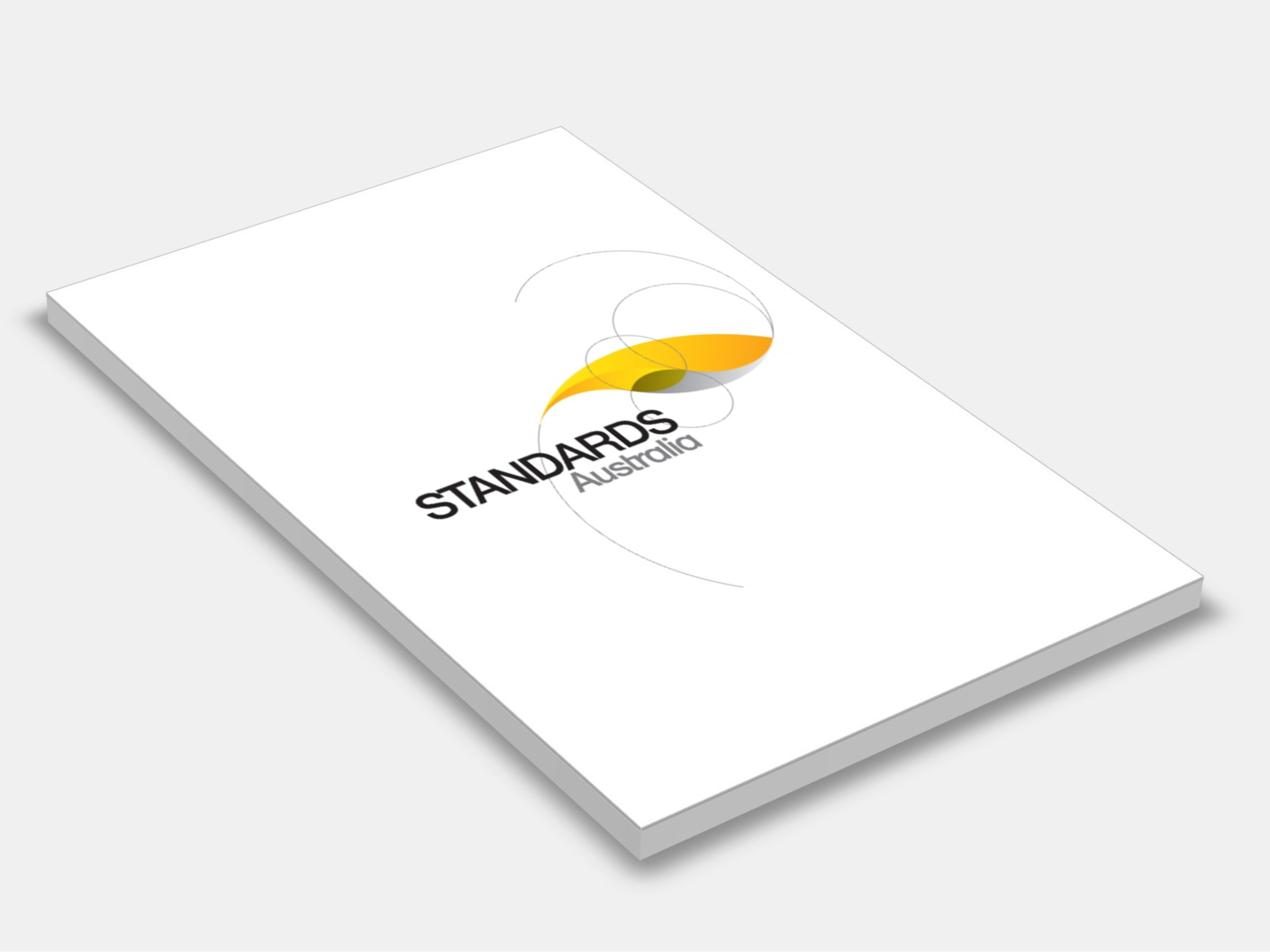
Type
Publisher
Standards Australia
Publisher
Standards Australia
Version:
Sixth Edition 2024.
(Current)
Short Description
Provides users with minimum design parameters and guidelines for determining ventilation rates for general application in buildings
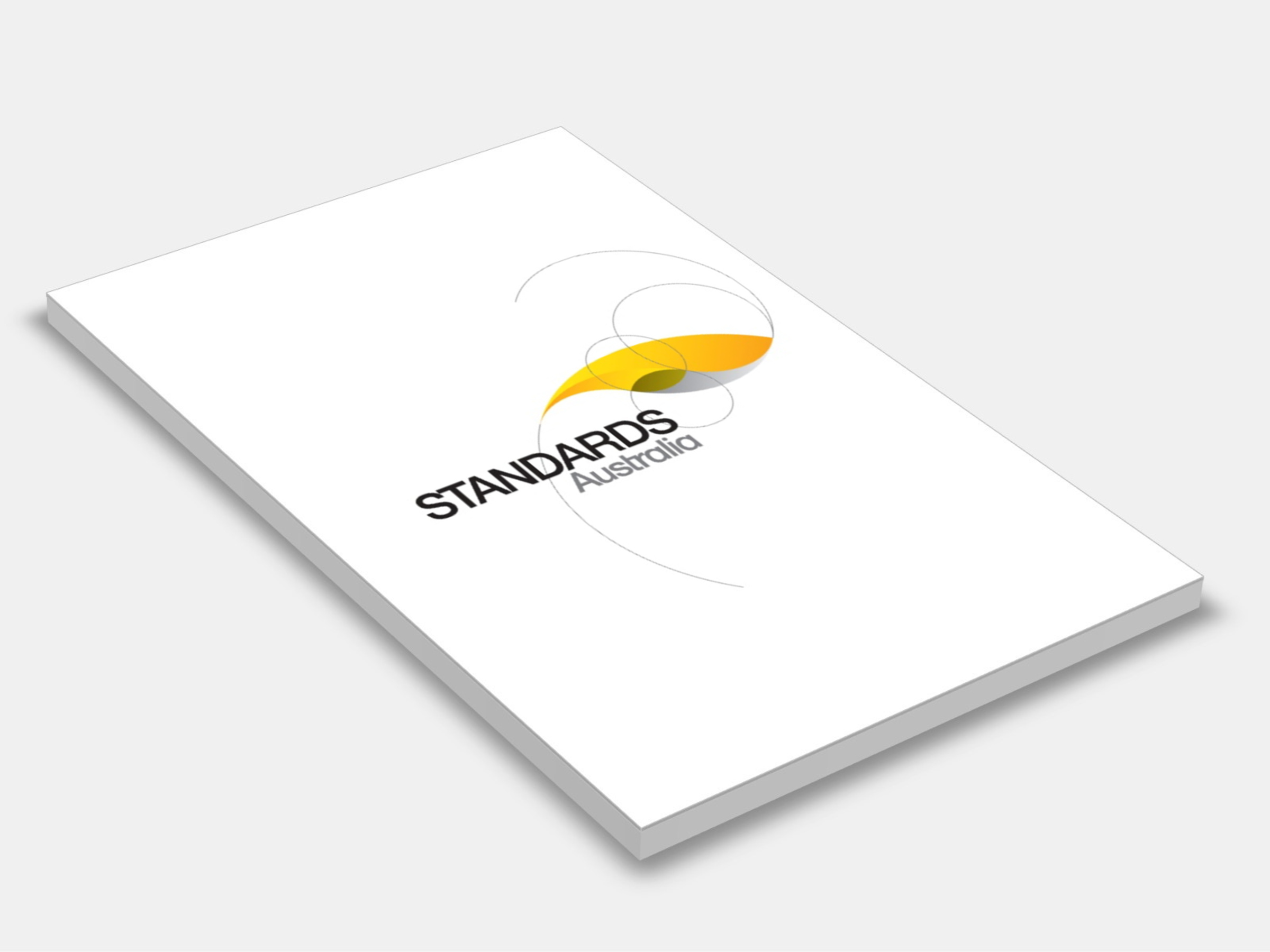
Type
Publisher
Standards Australia
Publisher
Standards Australia
Version:
Second Edition 2023.
(Current)
Short Description
AS 4421:2023 specifies the minimum requirements for the operation and management of an organization providing protective security services.

Type
Publisher
Standards Australia
Publisher
Standards Australia
Version:
Fourth Edition 2010.
(Pending Revision)
Short Description
AS 3745 2010 specifies the minimum requirements for the establishment, validation and implementation of an emergency plan for a facility to provide for the safety of occupants of that facility and its visitors leading up to, and during an evacuation.

Type
Publisher
Standards Australia
Publisher
Standards Australia
Version:
Third Edition 2025.
(Current)
Short Description
AS 1674.1:2025 specifies requirements for the reduction of fire and explosion risks associated with the performance of welding and other hot work activities in hazardous environments

Type
Publisher
Standards Australia/Standards New Zealand
Publisher
Standards Australia/Standards New Zealand
Version:
Second Edition 2020.
(Current)
Short Description
Specifies device specifications, functionality, testing and compliance requirements for electrical safety and performance for inverters designed to facilitate connectivity between energy sources and/or energy storage systems and the grid, connected at low voltage. Includes electric vehicles operating in a vehicle to grid mode and stand-alone inverters that are connected to an electrical installation that may be connected to the grid at low voltage. KEYWORDS: inverter, energy storage, grid connection
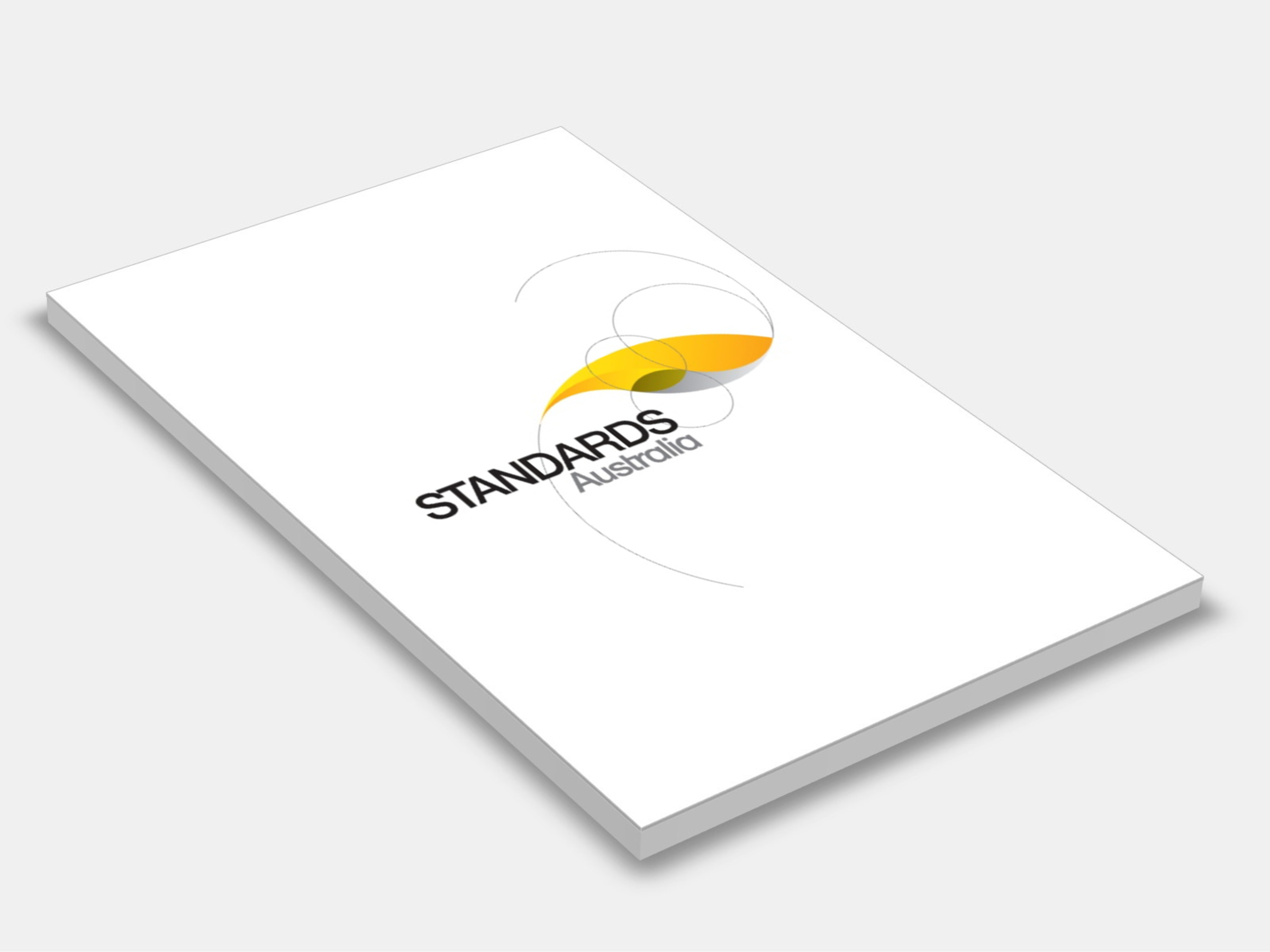
Type
Publisher
Standards Australia/Standards New Zealand
Publisher
Standards Australia/Standards New Zealand
Version:
Second Edition 2005.
(Pending Revision)
Short Description
Serves as a general introduction to the AS/NZS 1158 series and provides definitions of lighting categories and technical terms essential to the understanding of other Standards in the series especially AS/NZS 1158.1.1, 1158.2, 1158.3.1 and 1158.6.
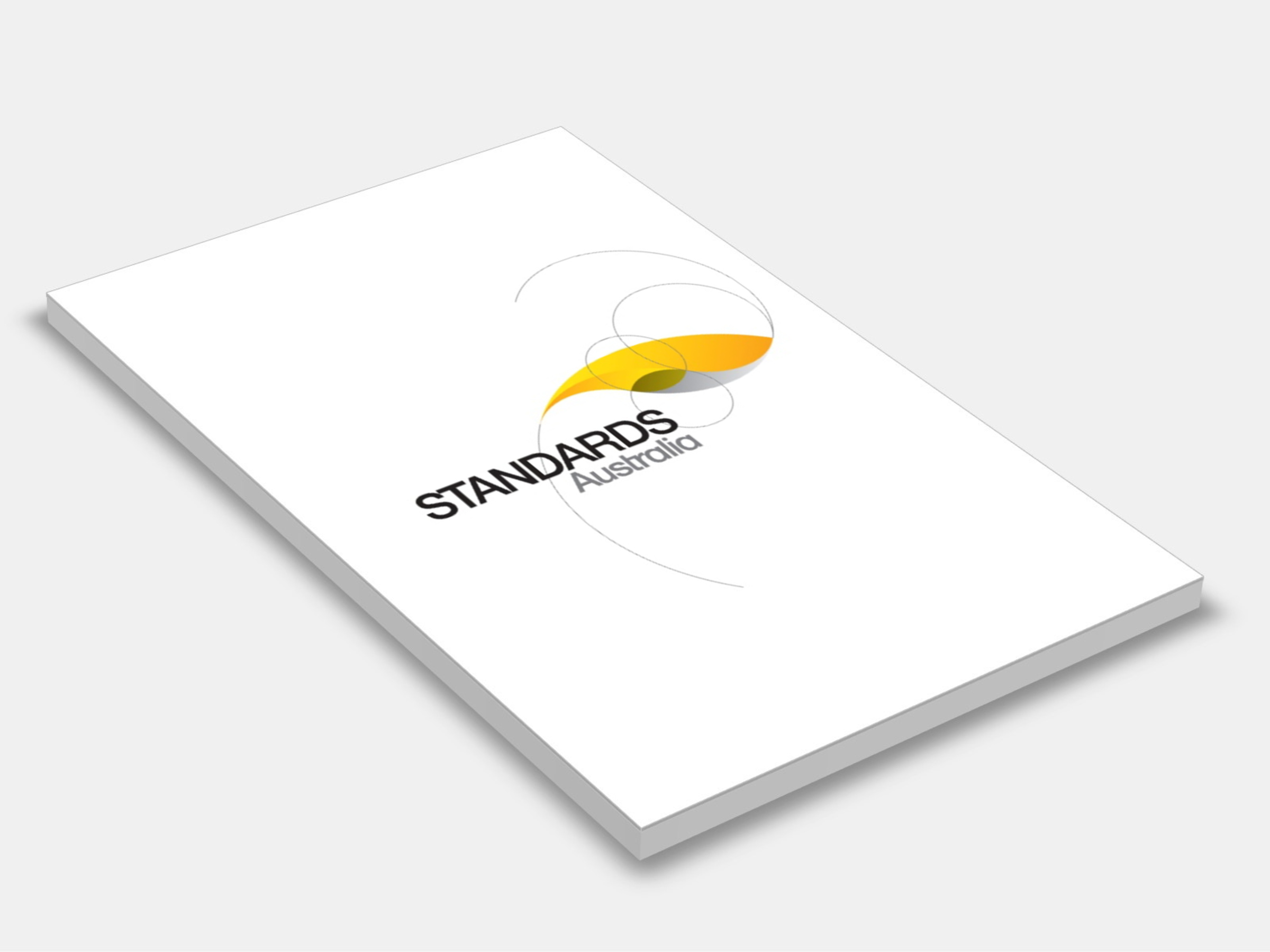
Type
Publisher
Standards Australia/Standards New Zealand
Publisher
Standards Australia/Standards New Zealand
Version:
Third Edition 2020.
(Current)
Short Description
AS NZS 1158.3.1 2020 specifies performance and design requirements for Category P lighting schemes as described in AS/NZS 1158.0. It also specifies the luminaire data and other data that is needed to facilitate the lighting design and the assessment of conformance to the requirements of this Standard. Street lighting design standard.
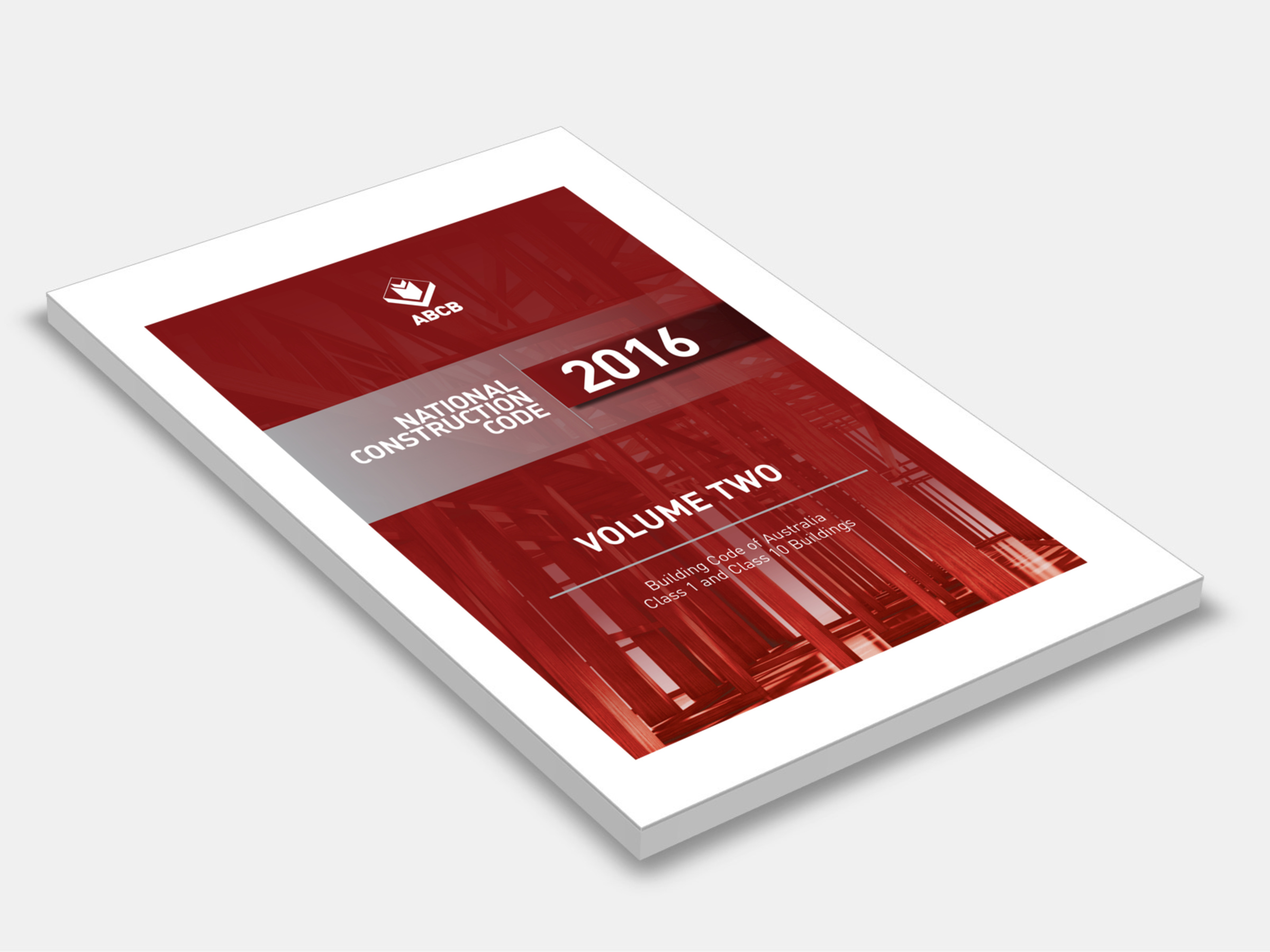
Type
Name
Name
Publisher
Australian Building Codes Board
Publisher
Australian Building Codes Board
Version:
2016.
(Superseded)
Short Description
Contains the requirements for: Class 1 and 10a buildings, and certain Class 10b structures, and Class 10c private bushfire shelters.
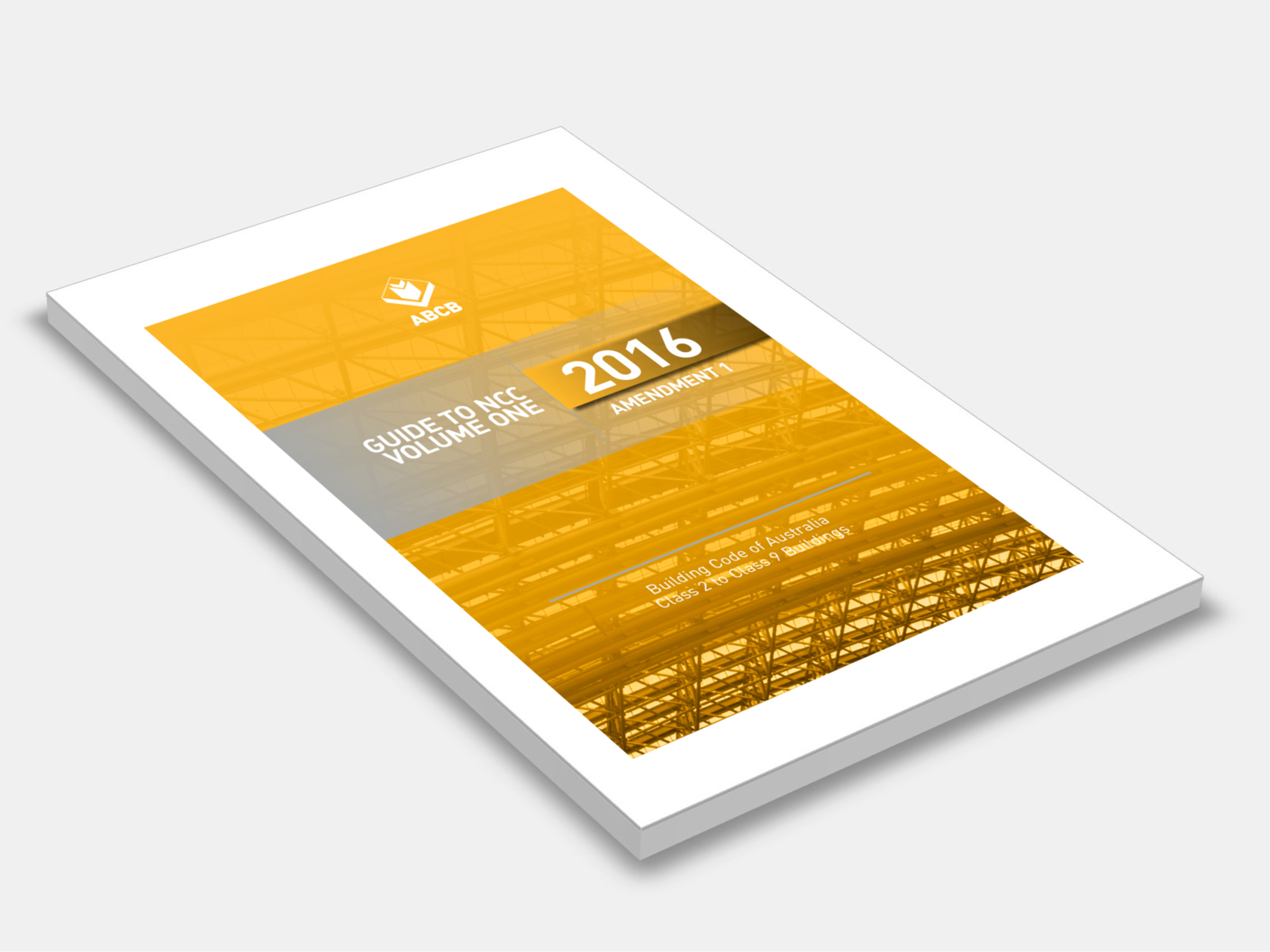
Type
Publisher
Australian Building Codes Board
Publisher
Australian Building Codes Board
Version:
2018.
(Superseded)
Short Description
The Guide is a companion manual to Volume One. It is intended as a reference book for people seeking clarification, illustrations, or examples, of what are sometimes complex BCA provisions.

Type
Publisher
Australian Building Codes Board
Publisher
Australian Building Codes Board
Version:
2018.
(Superseded)
Short Description
The NCC is a uniform set of technical provisions for the design and construction of buildings and other structures, and plumbing and drainage systems throughout Australia. It allows for variations in climate and geological or geographic conditions.